Baton Rouge Dry Needling | The NeuroMedical Center
April 21, 2016 5:39 pmThe nervous system performs complex communication functions in the human body, including controlling how people experience pain. For this reason, addressing chronic pain can be challenging and sometimes difficult to pinpoint. Dry needling is a therapeutic method that is increasingly being used in treatment and rehabilitation for injuries and neurological and musculoskeletal disorders. As the region’s largest specialty groups dedicated to care for the brain, spine and nervous system, The NeuroMedical Center in Baton Rouge offers advanced neurological treatment options. When you’re suffering from pain or physical limitations, our expert physical medicine physicians and therapists can help you decide if dry needling may be the right option to aide in your recovery.
Dry needling is also referred to as “Western acupuncture,” because it employs similar techniques and uses the same tiny solid filament needles as Traditional Chinese Medicine (TCM) acupuncture. However, dry needling is a unique therapy derived from modern anatomical and neurophysiological principles. The foundation of dry needling is based on medical science that is supported by orthopaedic, neurologic and pain management physicians. Whereas traditional acupuncture is rooted in ancient Chinese philosophy and taps into acupoints to unblock energy channels in the body, dry needling is a sophisticated clinical approach that leverages current research and understanding of the human anatomy. The technique targets specific muscle tissues to promote recovery and restore normal function in conjunction with other neurologic treatments.
Dry Needling for Chronic Pain Treatment
Dry needling can be an effective treatment for a variety of musculoskeletal issues, such as acute injuries and muscle imbalances. The technique can also improve gait and movement for patients with hamstring strains and muscle spasms. Patients who suffer from chronic conditions like plantar fasciitis, sciatica, neck and back pain, tennis elbow and shoulder pain, as well as carpal tunnel syndrome have also found relief with dry needling. Essentially, dry needling works by blocking the transmission of pain signals to the spinal cord and triggering the brain to release pain relieving chemicals. The needle insertion sends an “injury” message to the brain which initiates the body’s physiologic processes for repairing the damaged tissue with new tissue. The needle insertion also causes the muscle fibers at the site to relax which reduces inflammation and enhances circulation so the body can heal.
Expert Dry Needling Services at The NeuroMedical Center
At The NeuroMedical Center, our highly experienced team of licensed and certified therapists are trained in the latest dry needling techniques. Dry needling therapy is used in combination with other interventions to help accelerate the healing process and reduce pain. The term “dry” is used to differentiate this therapy from other pain rehabilitation methods such as injections. During a dry needling session, acupuncture needles are introduced into the tissue below the skin. Patients typically do not feel the needle insertion but it will provoke a slight sudden muscle contraction that may feel like a quick cramp. Often, patients will feel relaxed and may experience a pleasant, heavy sensation in their arms and legs. After a dry needling session, patients may feel some muscle soreness for a day or two. Dry needling has a cumulative effect so, patients will generally notice a difference in their pain after several dry needling sessions.
The Outpatient Physical Therapy Center at The NeuroMedical Center offers a state-of-the-art facility staffed by occupational and physical therapists who provide comprehensive rehabilitation programs to provide patients relief from a wide variety of chronic pain conditions and neurological disorders. Our therapists and pain management physicians work closely with our network of neurosurgery, neurology, pain medicine, neuropsychology and neuroradiology specialists to collaborate on patients’ treatment plans. Our goal is to offer personalized and coordinated care to achieve the best outcomes and level of functioning for our patients.
Categorised in: Blog, Uncategorized



